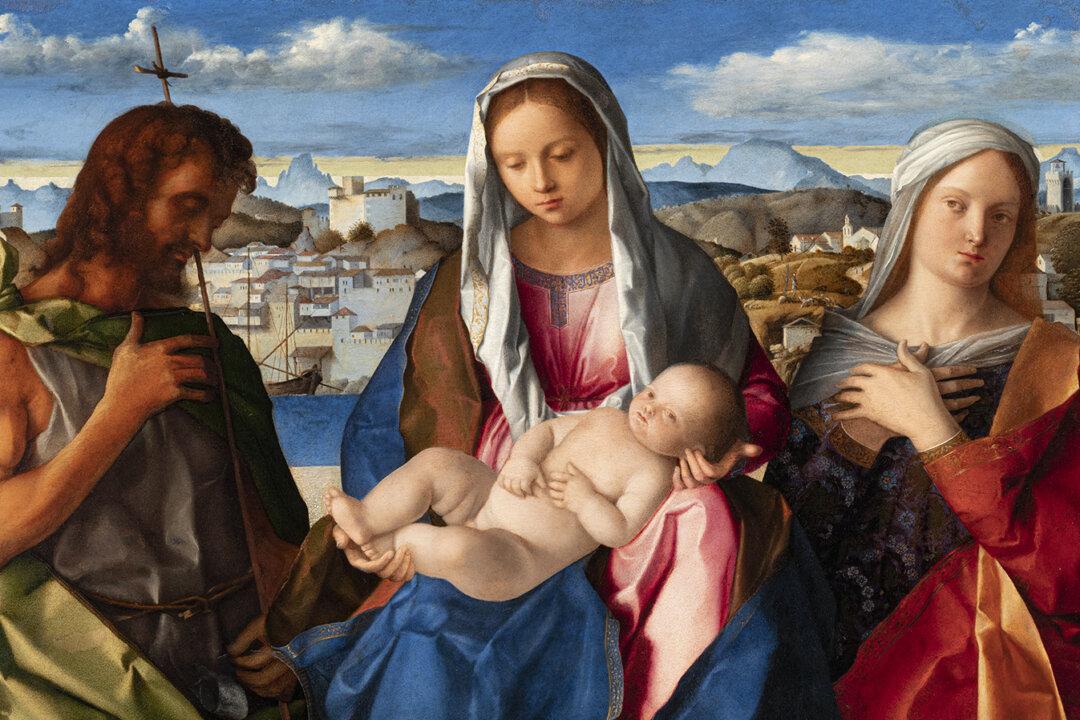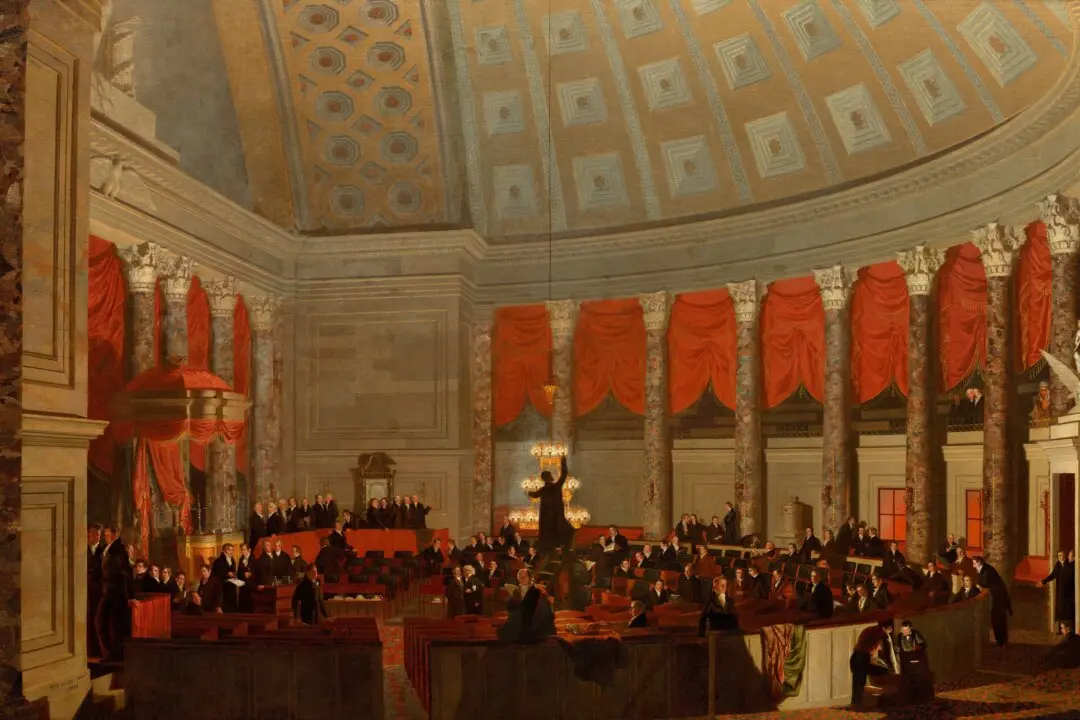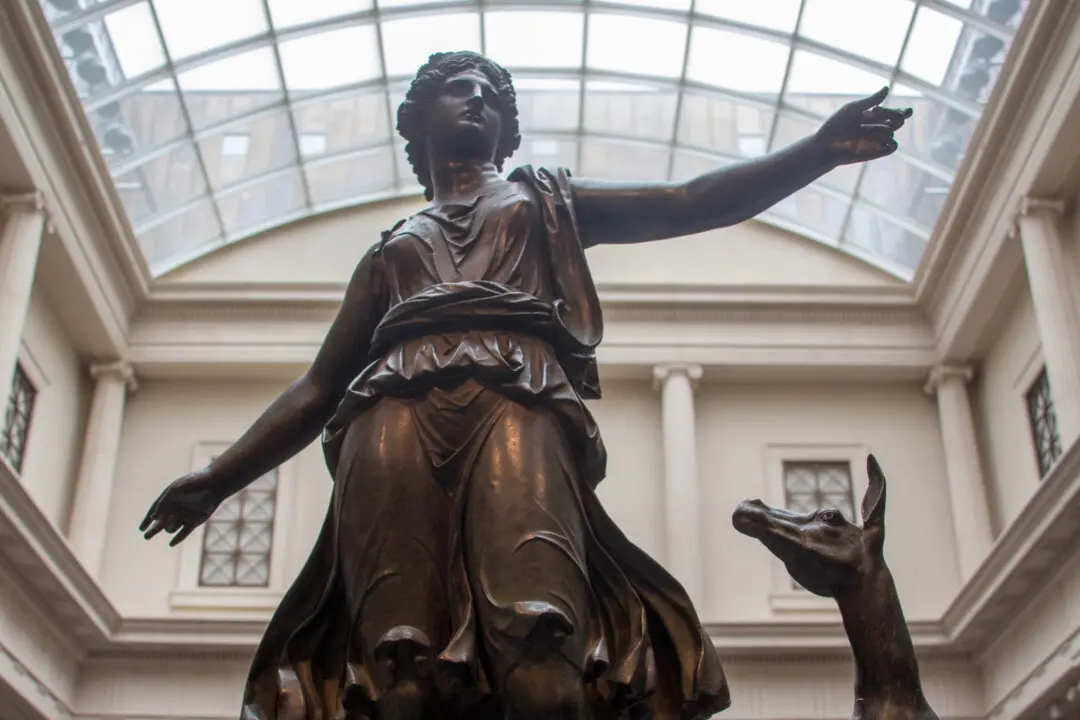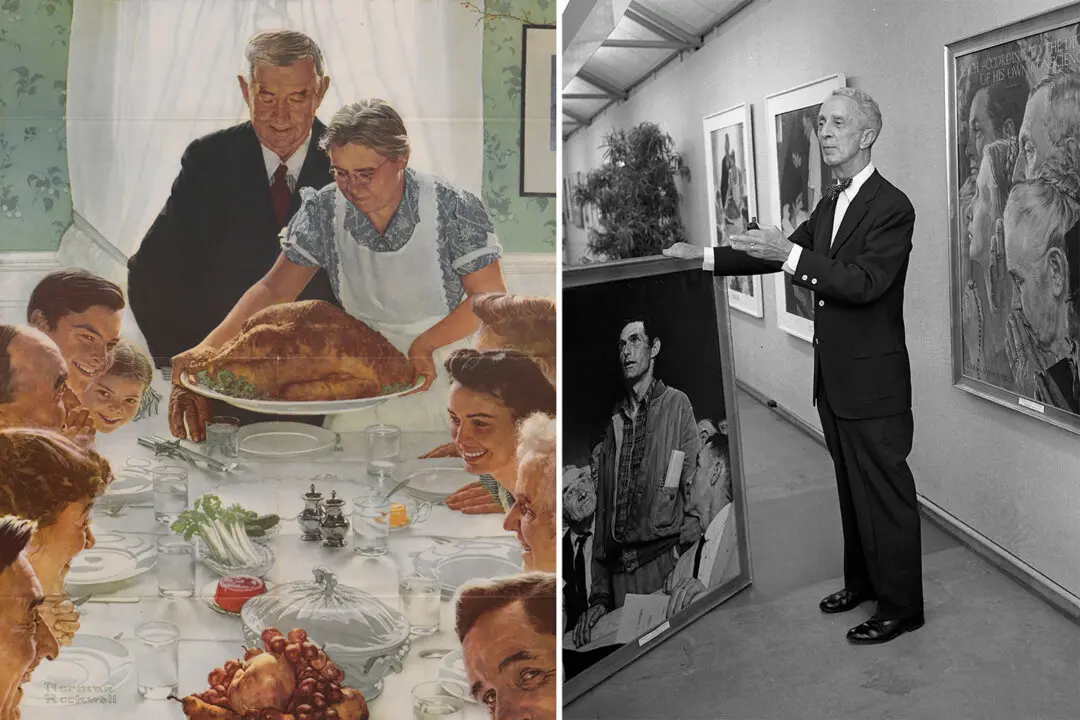The 15th-century artist Giovanni Bellini, beloved for his serene style, is being fêted at the Jacquemart-André Museum in Paris. The exhibition “Giovanni Bellini: Crossed Influences” is the first French special exhibit dedicated to the father of the Venetian school.
Bellini was an innovator in his use of expressive color, tones, and natural light. He was also deft in the technique of oil painting, which allowed for further colorization and realistic details. As the teacher of the great 16th-century High Renaissance artists Giorgione and Titian, Bellini’s pioneering pictorial style became characteristic of the golden age of Venetian art.





